Every object tells a story
We’re celebrating Asian American, Native Hawaiians, and Pacific Islander (AANHPI) Heritage Month with a deeper dive into some of the stories behind the collections.
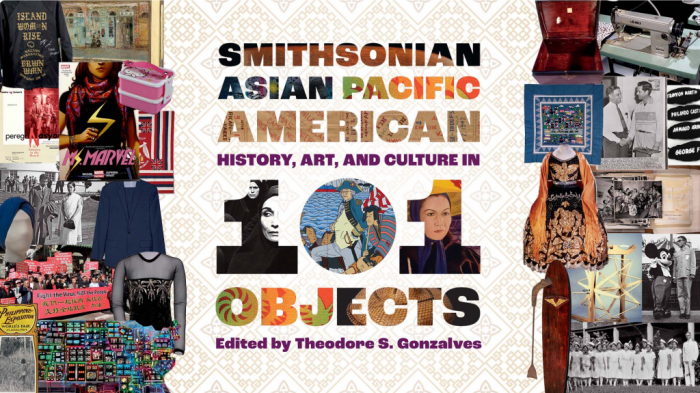
Smithsonian Asian Pacific American History, Art, and Culture in 101 Objects offers a remarkable exploration of the experiences of AANHPI people and communities through a thoughtful selection of objects from across the Smithsonian’s collections. Each item offers a gateway into an incredible story of innovation, belonging, solidarity, and so much more!
Each of the objects below has history and connections to the triumphs and tragedies, strength and ingenuity, and traditions and cultural identities of AANHPI communities.
Hello Kitty Bento Box
National Museum of American History
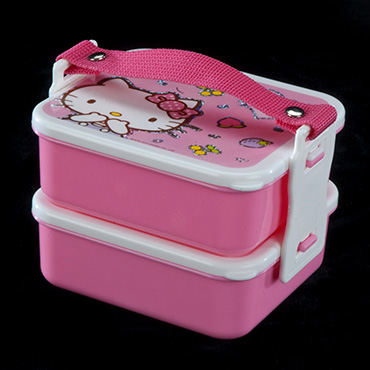
Hello Kitty Bento Box, ca. 2000, Smithsonian’s National Museum of American History
This two-layer, multiple compartmented “bento box” features a sparkly pink Hello Kitty design. It was made to carry a child’s lunch (with rice, fish, meat, fruit, or vegetables nicely arranged inside) from home to school, a picnic, or sports event. Though this bento is Japanese, where bento making is competitive and taken very seriously, other bento using cultures include Taiwan and China, and India, where workers carry multiple compartment and tiered lunch boxes called tiffin.
Like the bento box, Hello Kitty has become popular in the United States, but originated in Japan. She has been an important figure in Japanese popular culture and commerce since 1974 when she and many associated consumer products were first introduced.
Pancaked ballet shoes worn by Stella Abrera
National Museum of American History
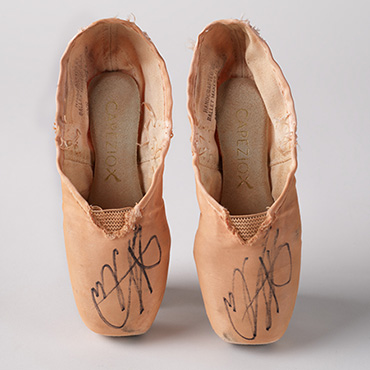
Pancaked ballet shoes worn by Stella Abrera in January 2018, Smithsonian’s National Museum of American History
These shoes, worn by dancer Stella Abrera in a January 2018 production of The Nutcracker, have been “pancaked” to match Abrera’s skin color. When they are dancing without wearing tights, dancers will often coat their shoes with a thick base of makeup to match their complexion.
Stella Abrera joined the American Ballet Theatre in 1996 and in 2015 was the first Filipina-American in the company to be promoted to principal ballerina. The inclusion of Abrera’s pancaked shoes in the Smithsonian’s collections, along with those of Misty Copeland, are reflective of growing efforts to promote diversity in ballet companies across the country.
Photograph of Anna May Wong
National Portrait Gallery
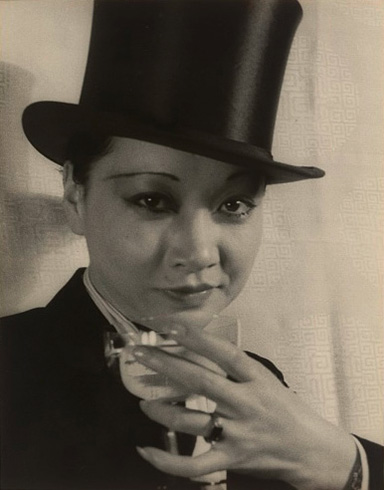
Anna May Wong, Carl Van Vechten, 1932, Smithsonian’s National Portrait Gallery
Marlene Dietrich’s influence on other women cannot be underestimated. In this photograph, groundbreaking Chinese American actress Anna May Wong (1905-1961), who co-starred with Dietrich in Shanghai Express (1932), captures our full attention in a man’s tuxedo suit and top hat.
Wong built a remarkable career: She became a legendary style icon and paved the way for other Asian American actors to follow—all the while battling prejudice and stereotyping still so profound that it was not until 2023 that a woman of Asian ancestry would win an Academy Award for Best Actress.
Kristi Yamaguchi’s Ice-Skating Costume
National Museum of American History
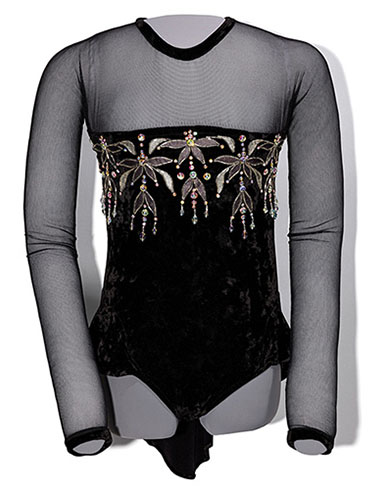
Ice Skating Costume, worn by Kristi Yamaguch, 1990s, Smithsonian’s National Museum of American History
This costume was worn by American figure skater Kristi Yamaguchi as a member of the “Stars on Ice” tour, which she performed in from 1992-2002. Yamaguchi, a native Californian, became the first Asian American woman to win an Olympic gold medal in figure skating when she finished first in women’s singles at the 1992 Winter Games.
Yamaguchi also won two World Figure Skating Championships in 1991 and 1992 and was an accomplished pairs skater, winning two U.S. championships with partner Rudy Galindo in 1989 and 1990.
Balbir Singh Sodhi’s Sikh Turban
National Museum of American History
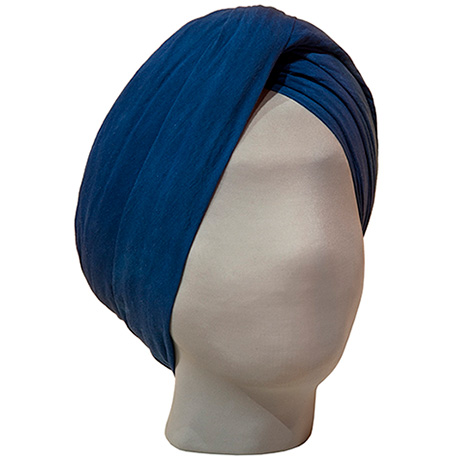
Sikh turban displayed in the exhibition Beyond Bollywood: Indian Americans Shape the Nation, Smithsonian’s National Museum of American History
A signifier of the Sikh faith, this traditional turban was originally owned by Balbir Singh Sodhi. An Indian immigrant who supported his family by working as a convenience store clerk and taxi driver, Sodhi was shot and killed in Mesa, Arizona in the days following the terrorist attacks of September 11, 2001.
His senseless killing was one of the first acts of retaliation targeting Arab Americans, Muslim Americans, and South Asian Americans. This turban, which he once wore, was donated to the Smithsonian by Sodhi’s family.
“Hawaiian Coat-of-Arms” Flag Quilt
National Museum of American History
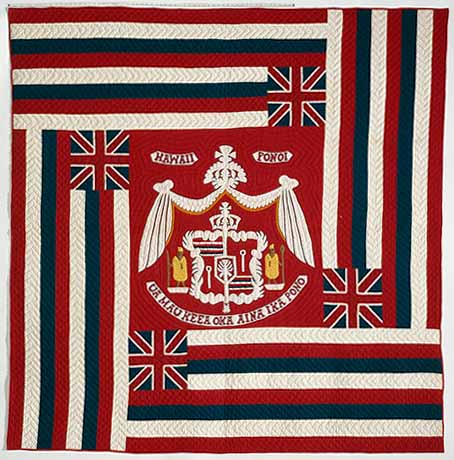
Rosina Kalanikauwekiulani Ayers’s “Hawaiian Coat-of-Arms” Quilt, 1898, Smithsonian’s National Museum of American History
This neatly made example of a “Hawaiian Flag” quilt was presented to Rosina Georgetta Kalanikauwekiulani Ayers when she married Dr. Robert Henry Dinegar in 1898. Ayers was a descendent of King Kamehameha I, who established the Kingdom of Hawaii in 1810. “Hawaiian Flag” quilts generally are not used, but rather are valued as a treasured heirloom and displayed as such or given to esteemed friends or family on significant occasions.
Although the Hawaiian flag first appeared in the early part of the nineteenth century, only later did the flag motif become characteristic of a distinct type of Hawaiian quilt. The design became popular after 1893, when American settlers replaced the monarchy of Queen Lili’uokalani. Quilters incorporated the Hawaiian flag and coat-of-arms motifs on their quilts to honor their heritage and show loyalty to the Hawaiian nation and monarchy.
Learn about more this and other objects that celebrate AANHPI heritage in the book Smithsonian Asian Pacific American History, Art, and Culture in 101 Objects edited by Theodore S. Gonzalves.
Posted: 21 May 2024
-
Categories:
American History Museum , Feature Stories , History and Culture



